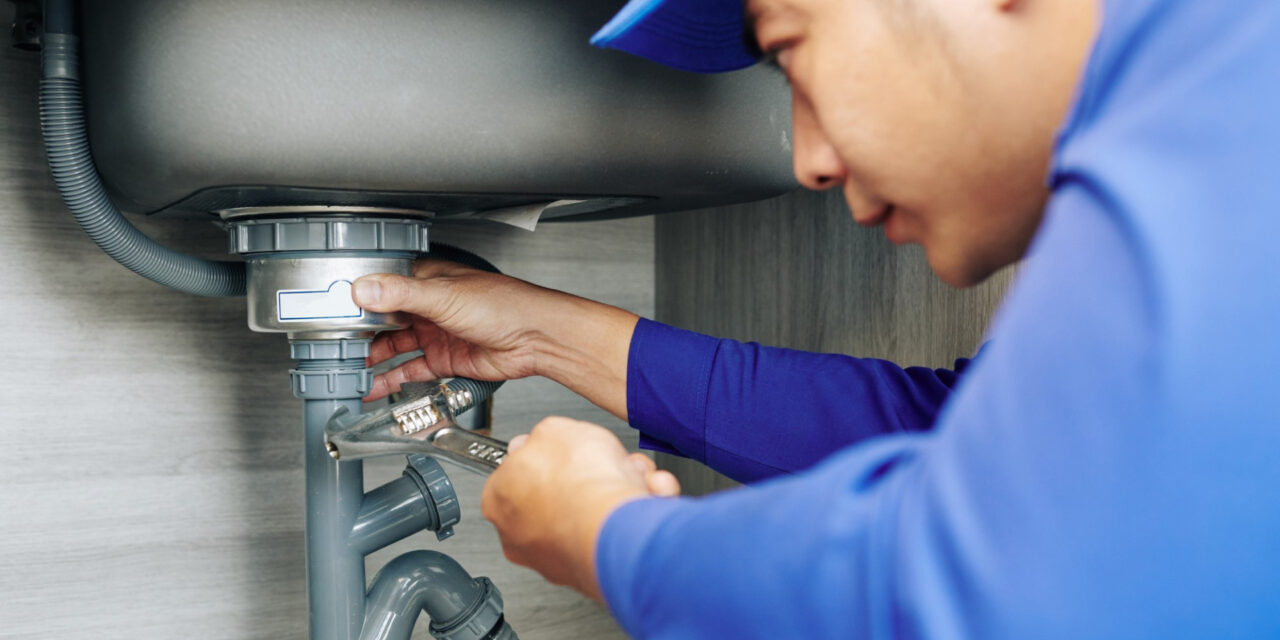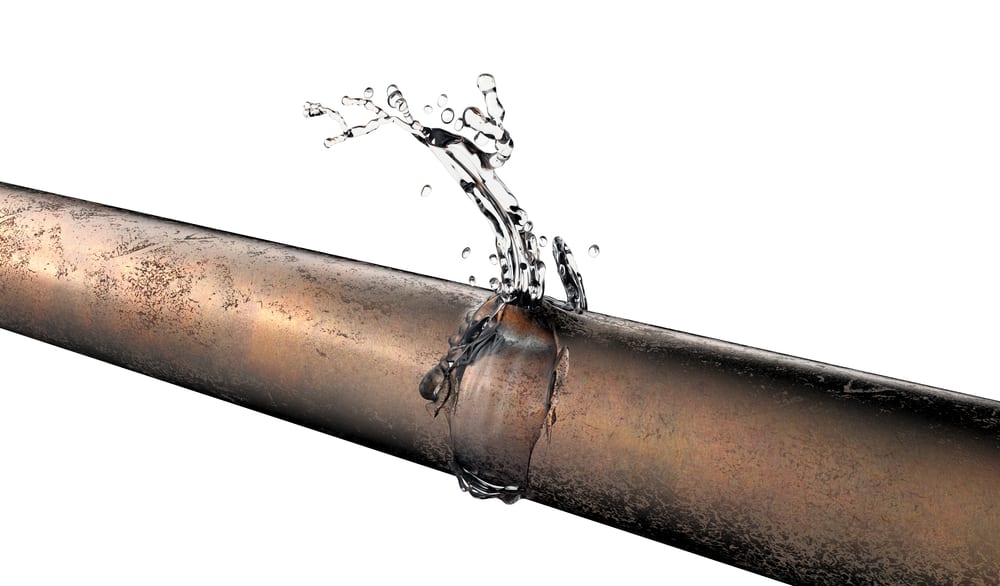They are making a few good points related to Top leak detection hacks overall in the article down below.

Early detection of dripping water lines can mitigate a prospective catastrophe. Some little water leaks might not be visible.
1. Examine the Water Meter
Every house has a water meter. Checking it is a proven manner in which helps you find leakages. For beginners, switch off all the water resources. Ensure no one will flush, utilize the tap, shower, run the washing equipment or dishwasher. From there, most likely to the meter and also watch if it will alter. Because no person is using it, there need to be no motions. If it relocates, that suggests a fast-moving leakage. Furthermore, if you detect no changes, wait an hour or two and examine back once more. This suggests you might have a slow-moving leakage that can also be below ground.
2. Check Water Usage
If you find sudden changes, in spite of your intake being the very same, it indicates that you have leaks in your plumbing system. An unexpected spike in your bill shows a fast-moving leakage.
A constant rise every month, even with the same habits, reveals you have a slow-moving leakage that's also gradually intensifying. Call a plumber to completely examine your residential or commercial property, particularly if you feel a warm location on your floor with piping underneath.
3. Do a Food Coloring Examination
When it pertains to water consumption, 30% originates from bathrooms. Test to see if they are running effectively. Decrease specks of food shade in the container and also wait 10 mins. There's a leak in between the tank and also bowl if the shade somehow infiltrates your dish throughout that time without flushing.
4. Asses Outside Lines
Don't forget to inspect your exterior water lines also. Needs to water seep out of the connection, you have a loose rubber gasket. One tiny leak can squander bunches of water and spike your water expense.
5. Check as well as Examine the Scenario
Home owners should make it a habit to check under the sink counters and even inside cabinets for any bad odor or mold development. These 2 warnings suggest a leak so prompt attention is required. Doing regular examinations, even bi-annually, can conserve you from a significant trouble.
Check for stainings and weakening as the majority of pipes and also home appliances have a life expectations. If you think dripping water lines in your plumbing system, don't wait for it to rise.
Early detection of dripping water lines can mitigate a prospective disaster. Some small water leakages may not be noticeable. Checking it is a proven way that aids you discover leakages. One little leak can throw away loads of water and also spike your water expense.
If you believe leaking water lines in your plumbing system, don't wait for it to rise.
How to Know If Your Home Has a Hidden Leak
Water Meter Reveals Inexplicable Water Usage
If you’d like to test whether or not there’s a leak somewhere in your home, you can do this using your water meter. Here is how to conduct the test:
Don’t use any water in your home for at least 30 minutes; this also means not turning on faucets or water-using appliances.
Go outside, and check your water meter for activity.
If your water meter shows that there was activity, even though no one was using any water, this proves that there is a leak in your home.Visible Mold or Mildew Growth
Leaks behind walls create moist, dark environments that allow mold and mildew to grow and thrive. Eventually, you might see mold growth forming on the wall closest to a hidden leak.
If mold is growing in an area that receives a high amount of moisture, such as a bathroom, it may simply be an indication that better ventilation is needed. However, if you see mold growth on a wall or the ceiling in an area where you would not expect, you probably have a hidden leak.
Musty, Mildew Odor
Sometimes you might not be able to see the mold or mildew that is growing as a result of a leak. However, the smell can give the problem away just as easily. If you catch a whiff of something musty, there’s a good chance that old water is collecting somewhere in your home that you can’t see.
Stained/Warped Walls, Ceilings, or Floors
When your home soaks up water, a variety of red flags can become visible, including ceiling stains, bubbling drywall, warped walls, and sagging floors. While these issues can be caused by excess humidity, they can also be signs that a pipe or plumbing connection has started leaking behind your walls.
Inexplicably High Water Bill
After a while, you get a general sense for what your water bill should be. If you own a pool or sprinkler system, your bill will tend to be higher during summer. However, if you receive a water bill that seems especially high, and you can’t figure out what caused it, then you may have a hidden leak somewhere that’s increasing your bill.
https://www.plumbingjoint.com/blog/2019/july/how-to-know-if-your-home-has-a-hidden-leak/

Do you really like reading about Hacks to detect leaks? Leave a short review down the page. We'd be pleased to hear your ideas about this page. Hoping that you come back again soon. Sharing is nice. You just don't know, you might be doing someone a favor. We thank you for reading our article about Hacks to detect leaks.